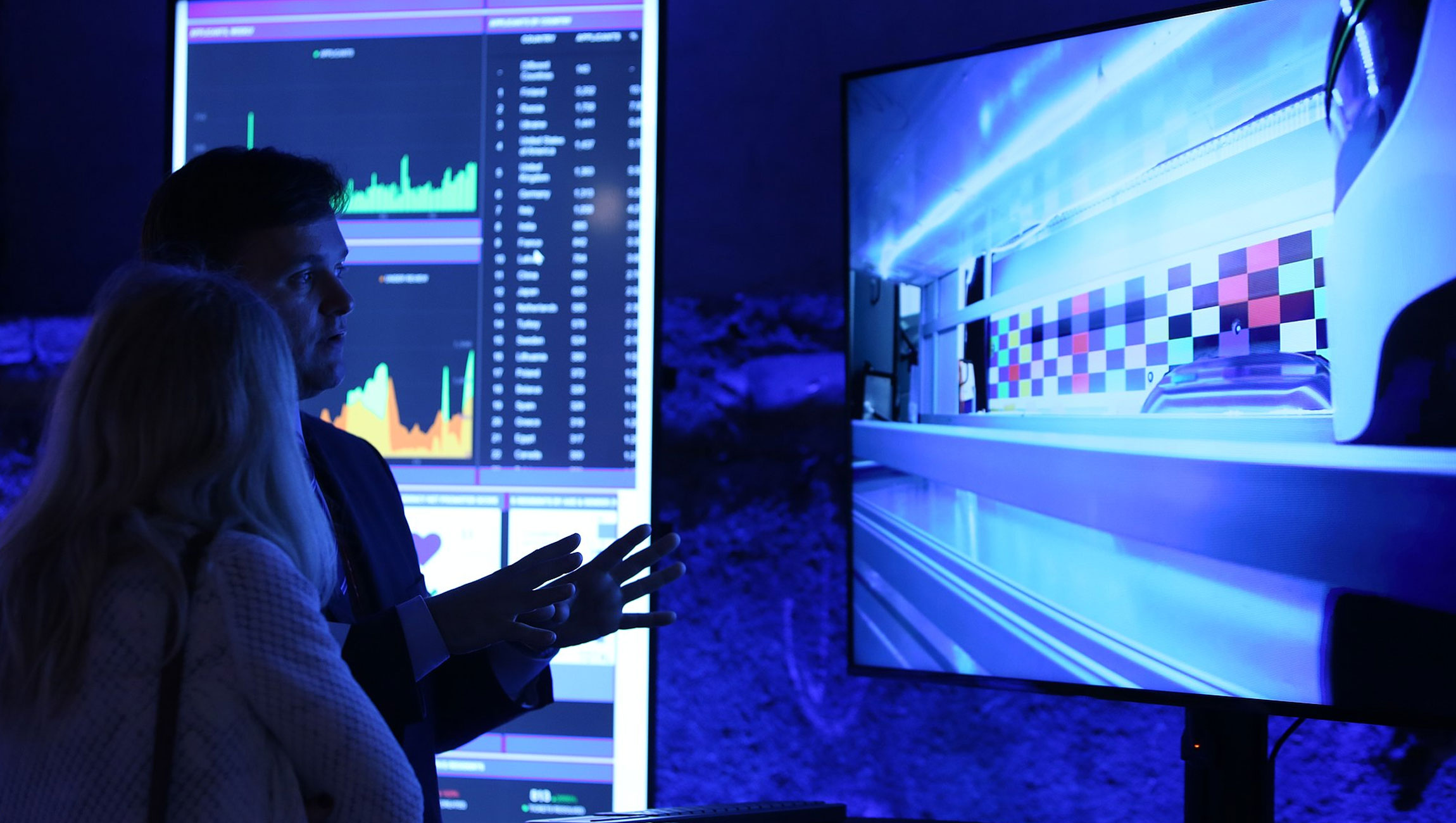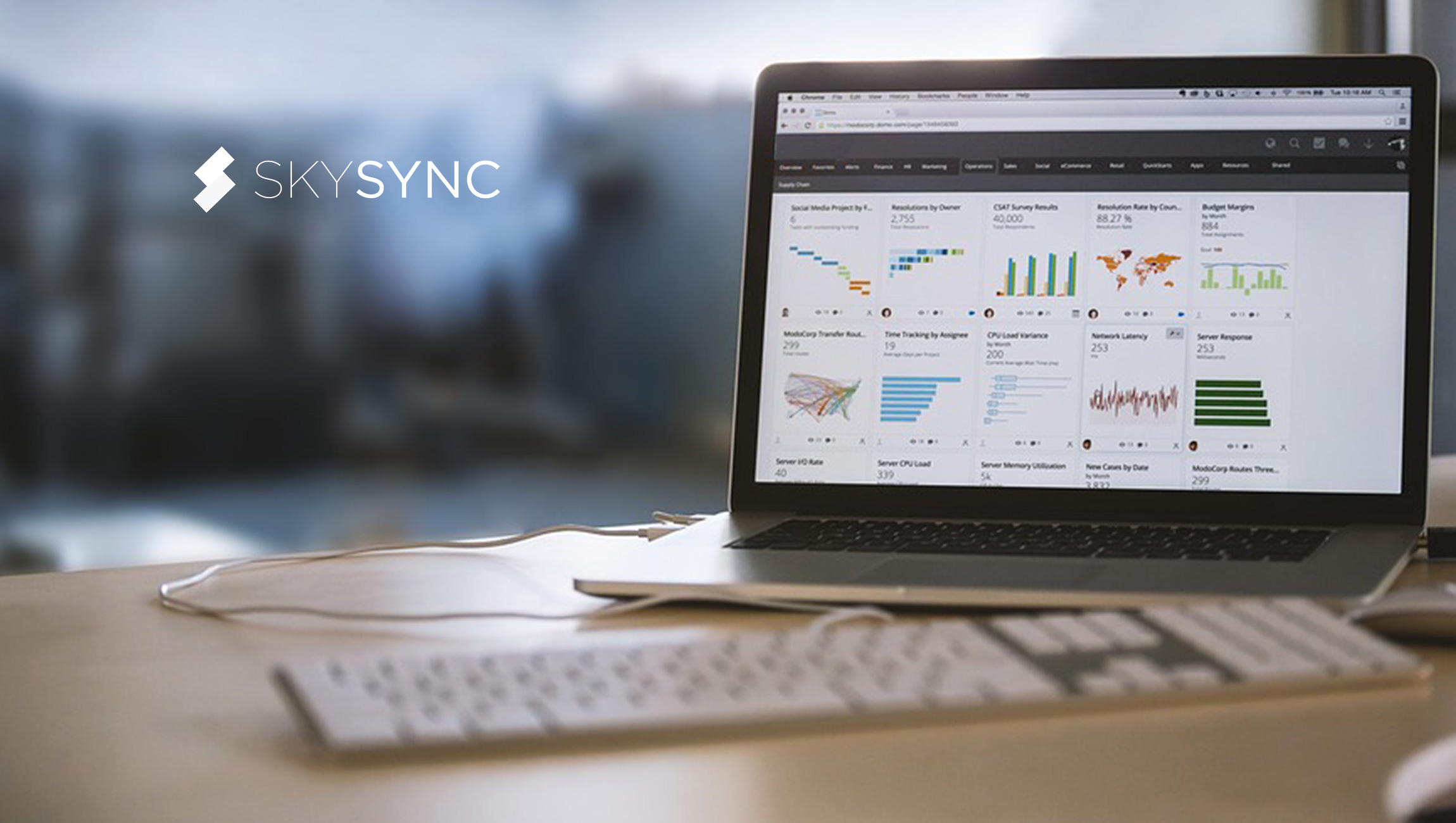![]() For years, marketers have worked around a major blindspot when it comes to measuring the effectiveness of television advertising. Certainly, advertisers know when their ads are delivered, and they know when a consumer purchases their products. But what happens in between these two events has until recently been something of a mystery.
For years, marketers have worked around a major blindspot when it comes to measuring the effectiveness of television advertising. Certainly, advertisers know when their ads are delivered, and they know when a consumer purchases their products. But what happens in between these two events has until recently been something of a mystery.
In order to fully understand how their ads influence consumers, TV marketers need metrics that tell them what really happens when the ad appears before viewers on-screen. How many people are in the room? Was anyone looking at the screen? What element of the ad captured viewers’ attention? The answers to these questions can go a long way toward helping marketers predict future sales.
Indeed, industry research has shown time and again that attention leads to outcomes. For instance, customer acquisition costs are 30% lower for brands when consumers pay close attention to their TV ads. Meanwhile, marketers who compared attention and frequency after two weeks of a campaign were able to forecast their next three months of sales lift results with 90% accuracy.
At TVision, we use computer vision technology to better understand this critical moment in the customer journey. We measure real, eyes-on-screen attention to every second of television that airs in the homes of the thousands of real viewers that comprise our opt-in, demographically representative panel. Brands use the attention data we collect in order to make smarter marketing decisions and more effectively evaluate their advertising performance.
In our Eyes on Screen TV Attention Report, released in August, we examine a few of the ways advertisers can use attention data to optimize their creative and media-buying strategies. These are the main takeaways from the report.
Attention data helps advertisers find the best times and places to advertise
In Q2, we found that ABC’s The Good Doctor was the quarter’s most attention-grabbing primetime show and that BBC America’s Killing Eve was the most engaging cable program, according to our Attention Index. TVision’s Attention Index measures how effectively a program or ad keeps viewers eyes on the screen, when the viewer is in the room. For advertisers, this is crucial data, as it helps them understand the utility of various media buying opportunities.
These number can be referenced in addition to more classic measurement such as reach to identify a “quality score” for a media buy. Shows that have strong ratings and high attention scores are stronger ad spots, of course. But advertisers can find smart placements by identifying niche content that captures high attention scores from the brand’s target demographic as well.
Also Read: The Future Of Video Marketing: Education And Artificial Intelligence At The Heart Of Change
Attention fluctuates second-by-second, and it varies between different demographics
In our Q2 report, we studied how viewer attention shifted throughout the course of a popular ad that Claritin ran during the height of allergy season. By looking at our second-by-second breakdown, we discovered that creative elements such as an audible chime and the image of a bubble bursting caused viewers to return their focus to the ad.
Using our panelists’ demographic information, we were also able to identify the different ways that different consumer groups react to a given ad or program. For the Claritin ad, we found that viewers aged 18-34 paid the most attention to the ad throughout, proof of ad effectiveness for Claritin among an important audience target.
Also Read: How AI Can Be Used To Shape Your Customer Experience
Attention helps brands make ad frequency decisions
It’s also important to consider how attention varies based on the number of times someone sees an ad. Using a Microsoft ad as a case study, we found that repeat viewings generated more attention for the brand. Consumers who saw the ad six or more times paid the most attention of any group. In addition, viewers who saw the ad 2-5 times paid more attention than those who were watching it for the first time.
By pinpointing how ad frequency impacts attention, brands can make smarter decisions about how many times they expose viewers to a given piece of creative.
Also Read: The Year of Advanced TV: Leveraging Data in New Ways
Insights are great, but only action can drive marketing results
At the end of the day, the goal of advertising is to drive real, tangible results for brands. Marketers can have all the attention data in the world, but they can only succeed by putting these insights into action.
Rather than focusing entirely on the ratings of the programs they advertise on, marketers can optimize their performance by building new valuation metrics that help them account for attention’s crucial role in driving results. Certainly, the most effective marketing plans will offer a potent mix of both quantity and quality. In a crowded media environment, substantial, highly attentive audiences are the only way forward for TV advertisers.
Also Read: 5 Reasons Why Games Offer the Most Brand-Safe Environment for Digital Advertisers












Comments are closed.